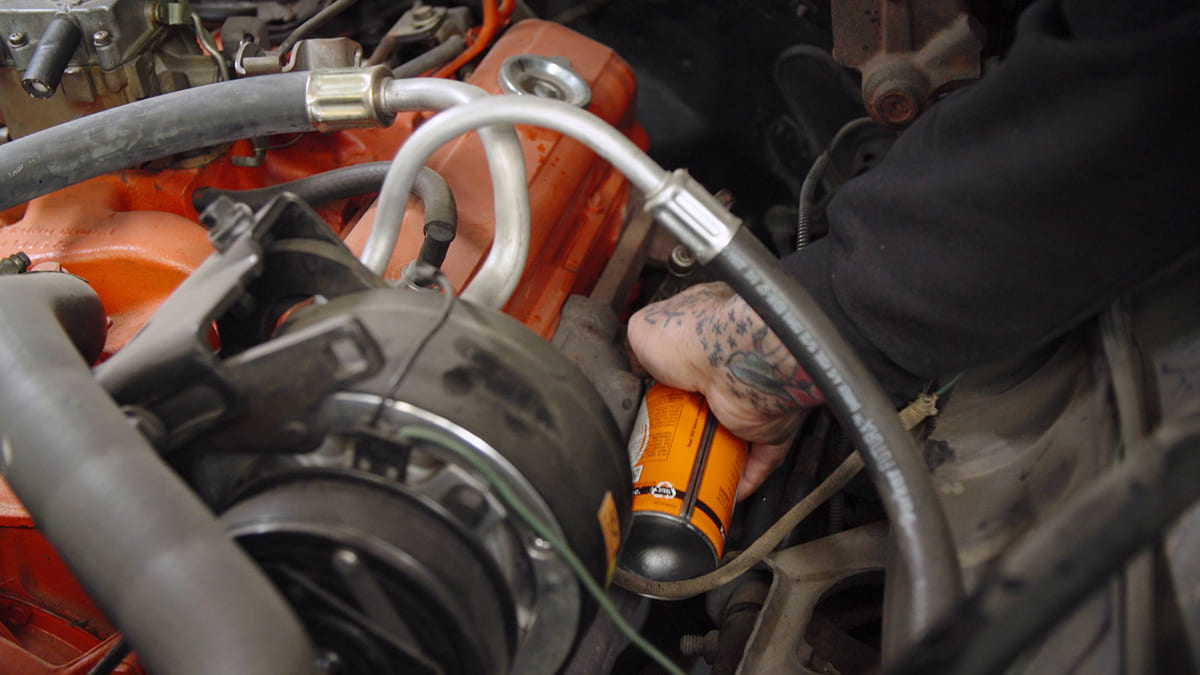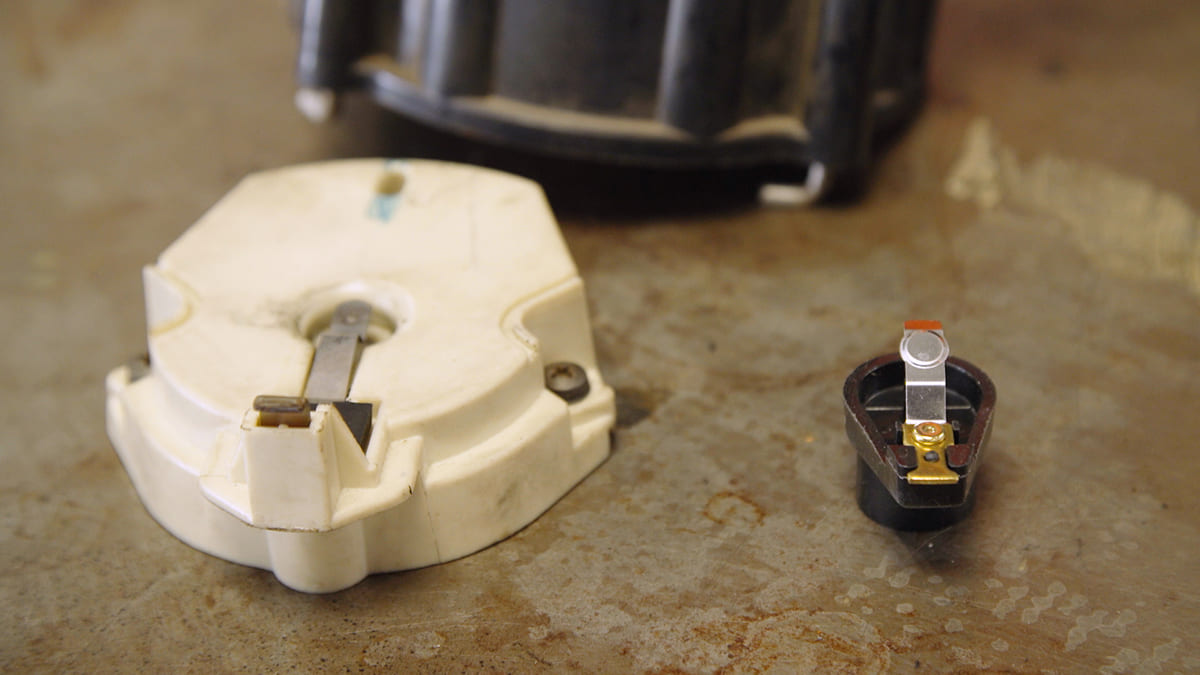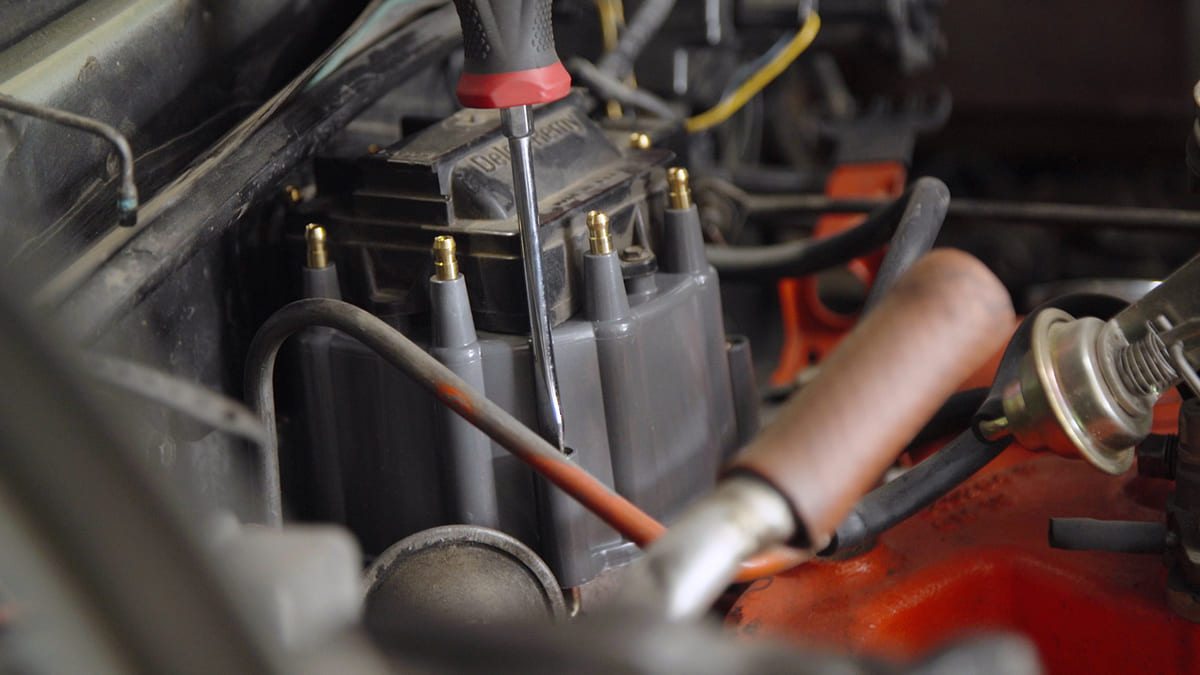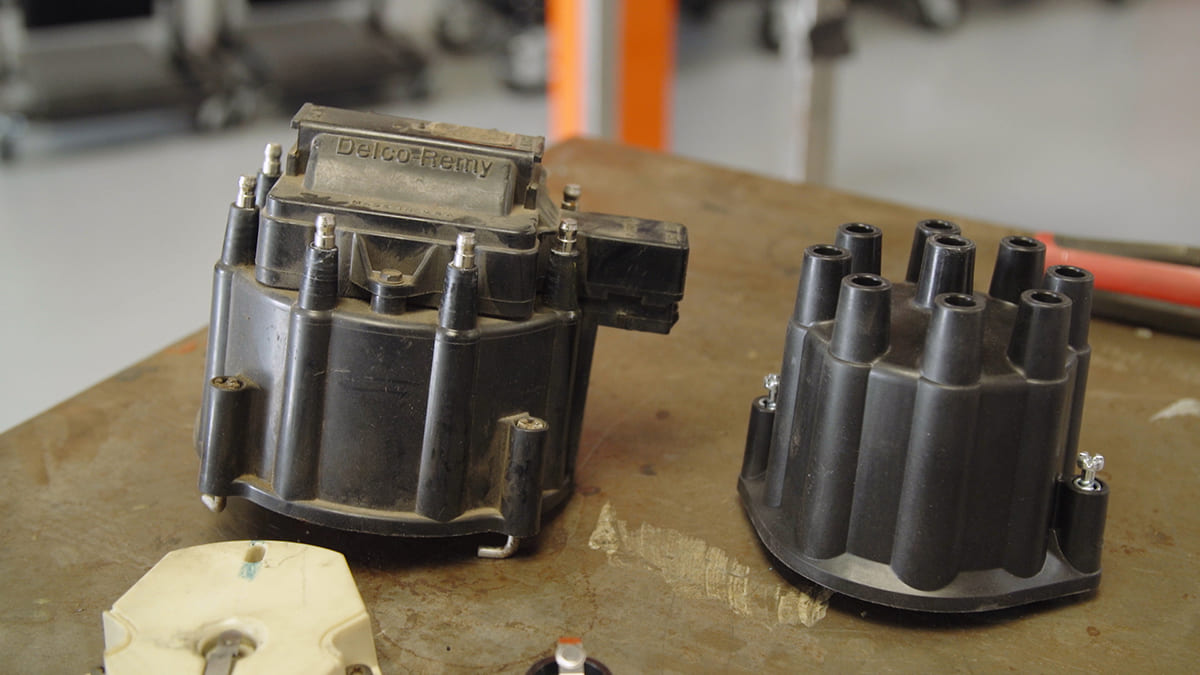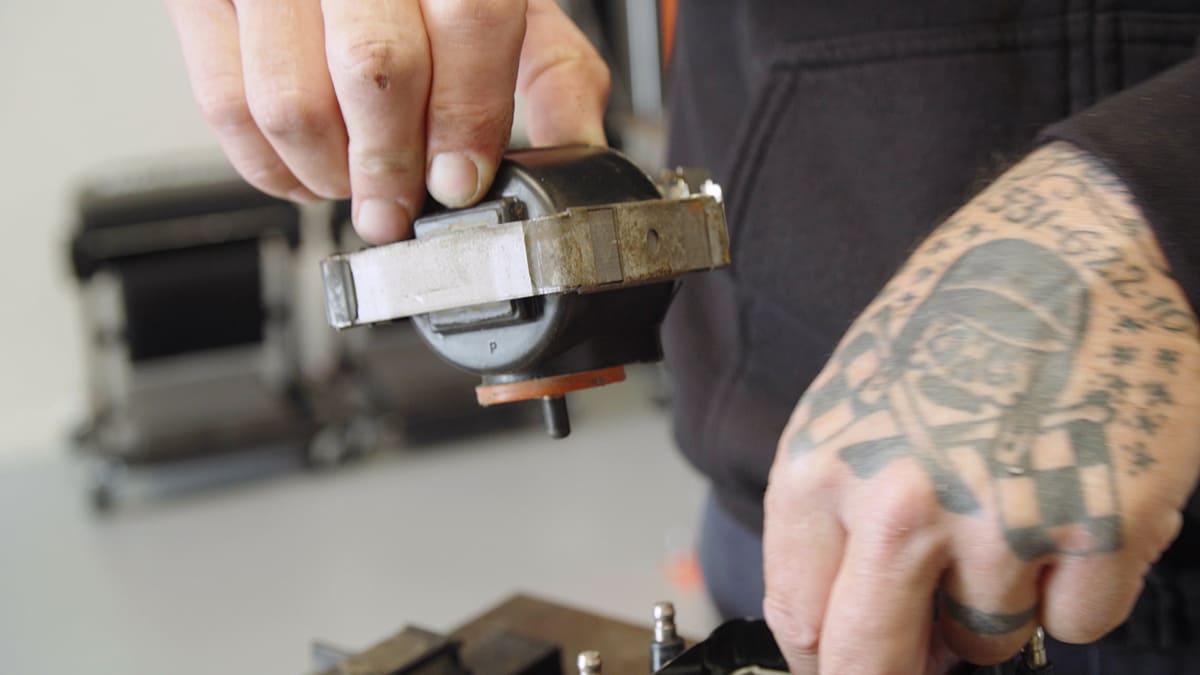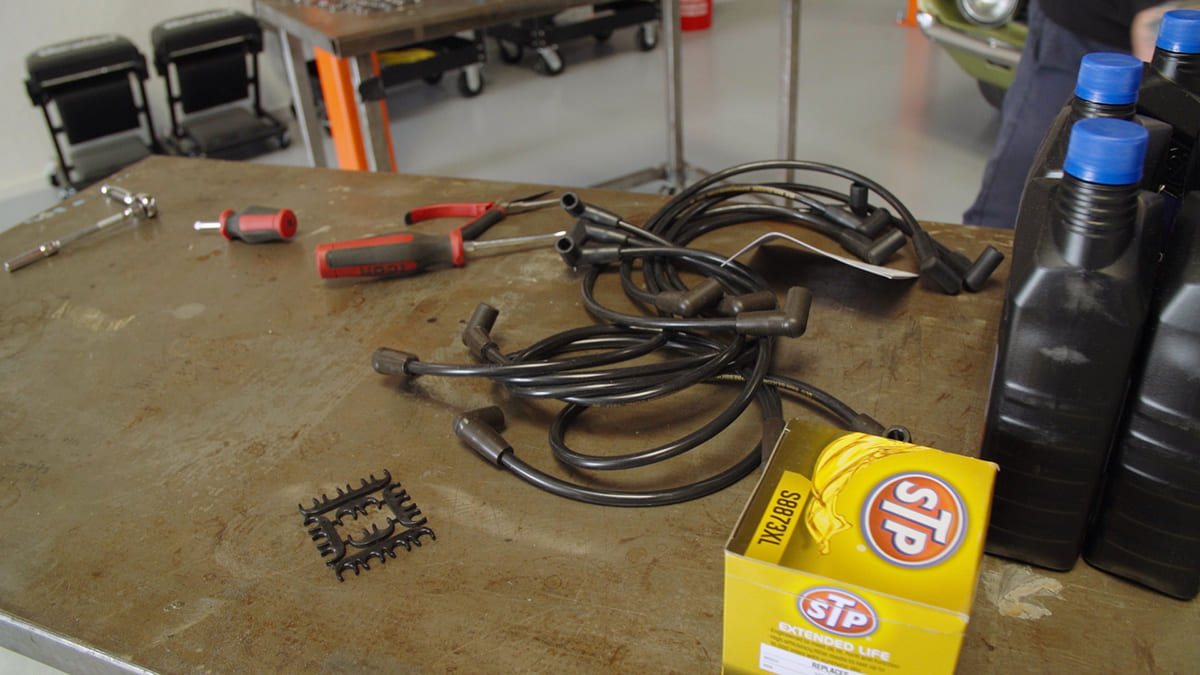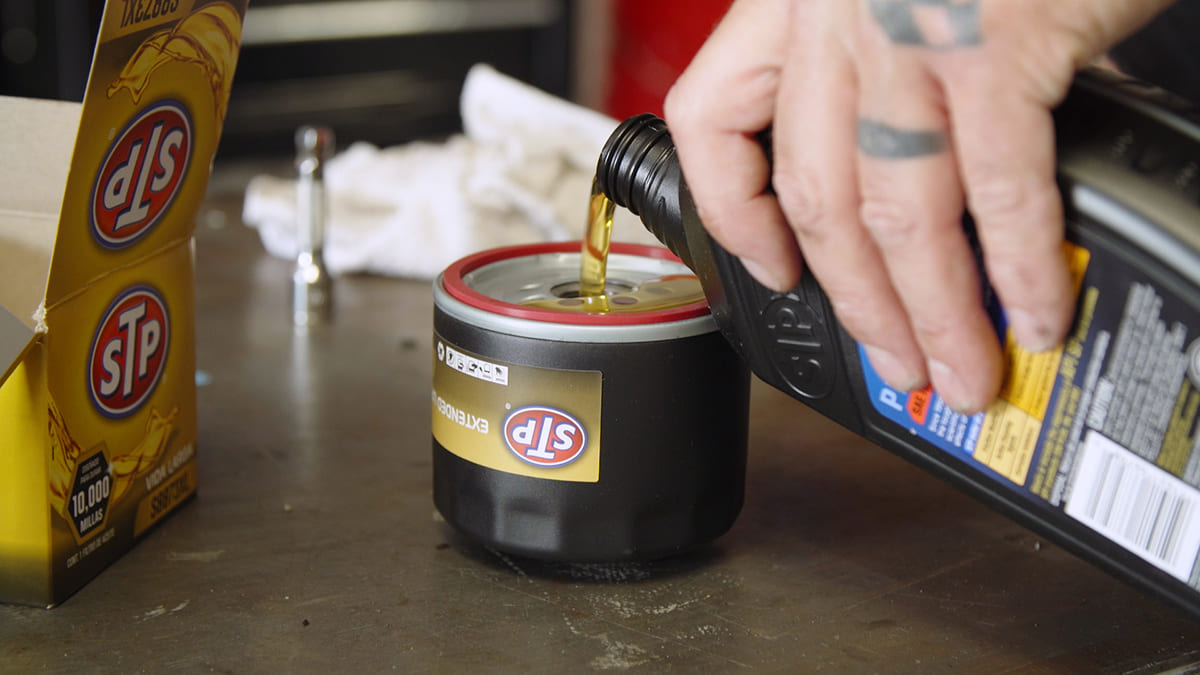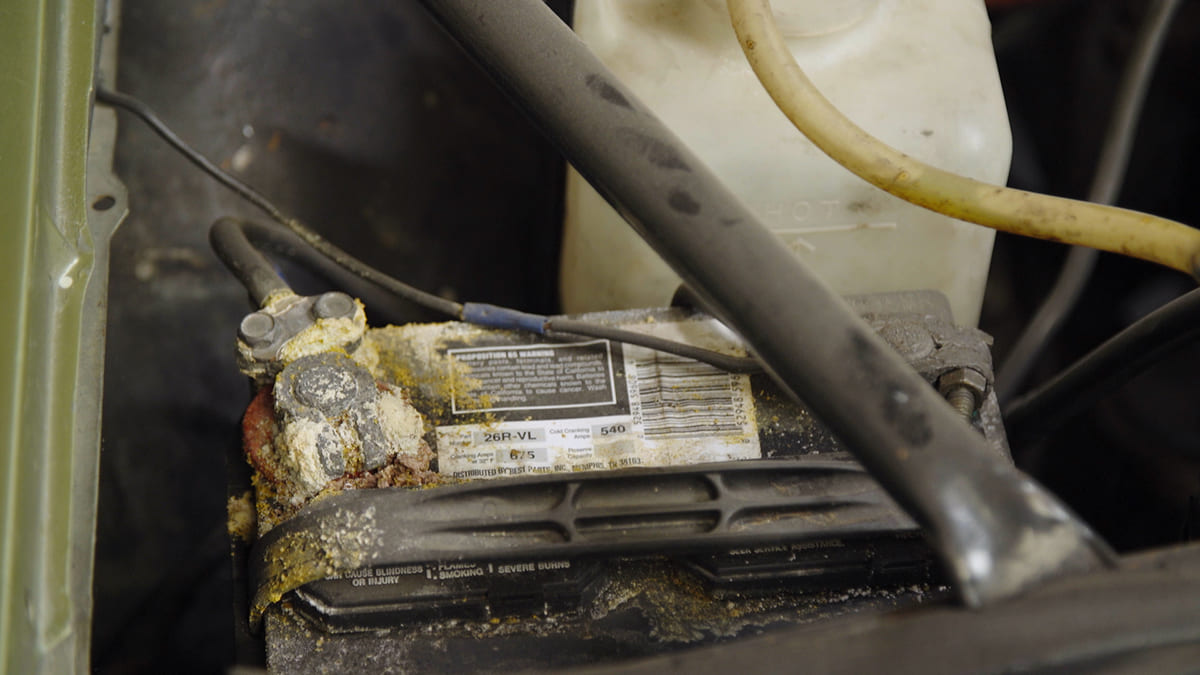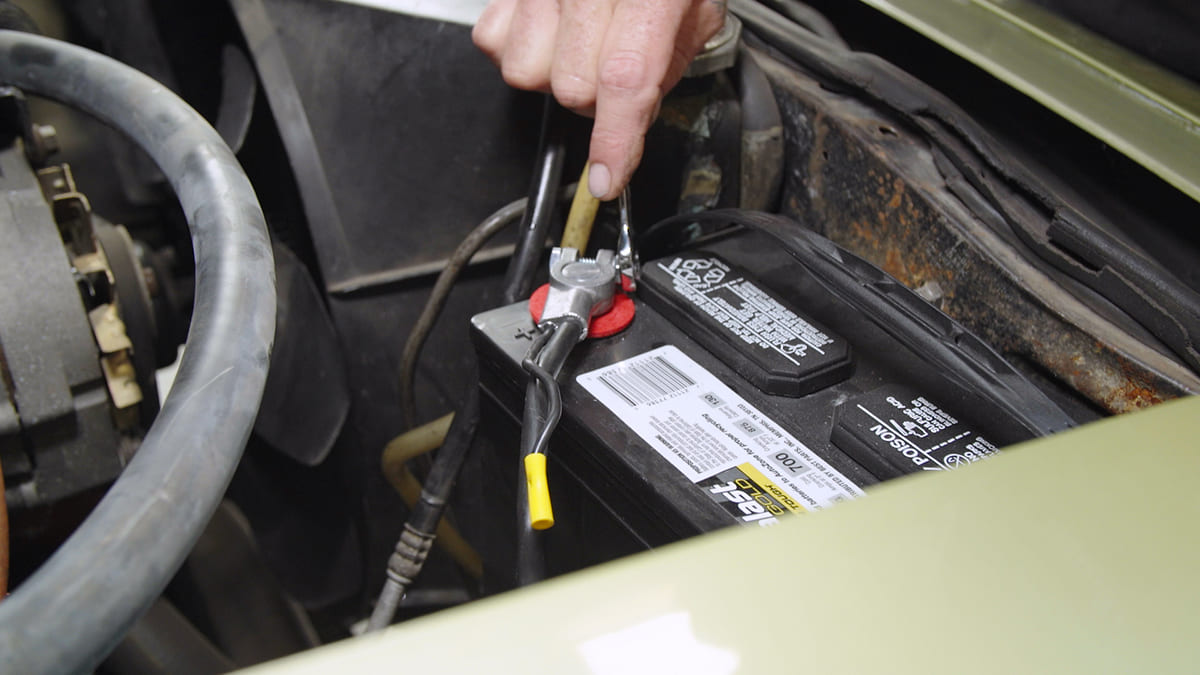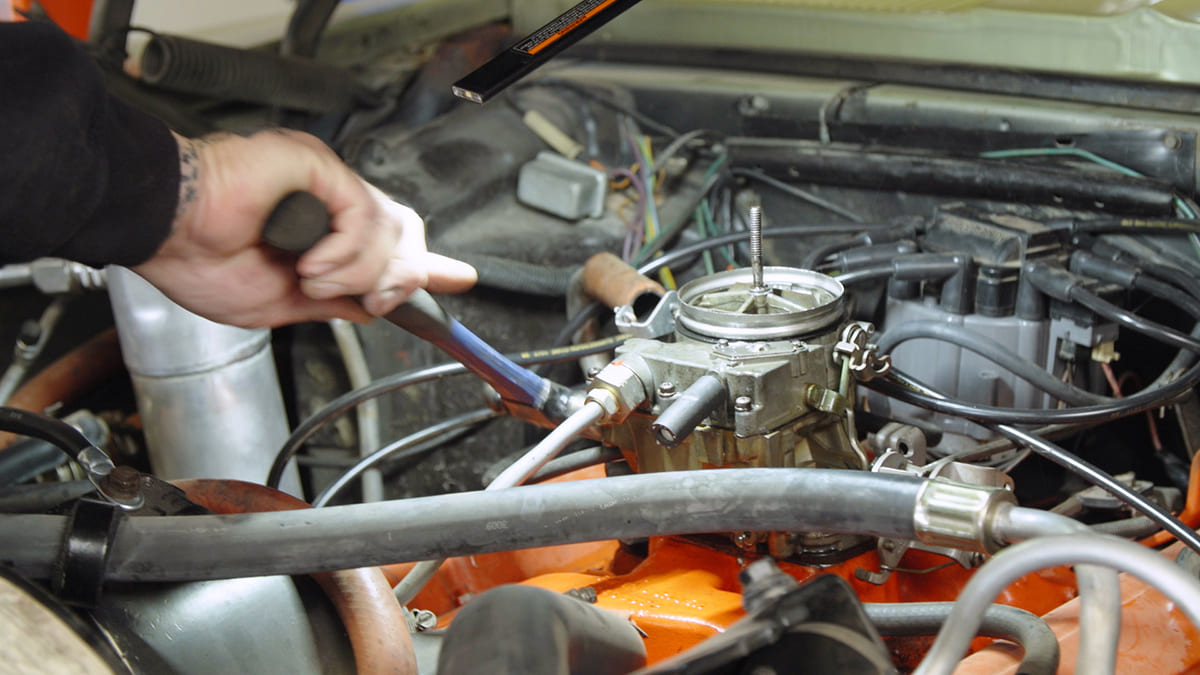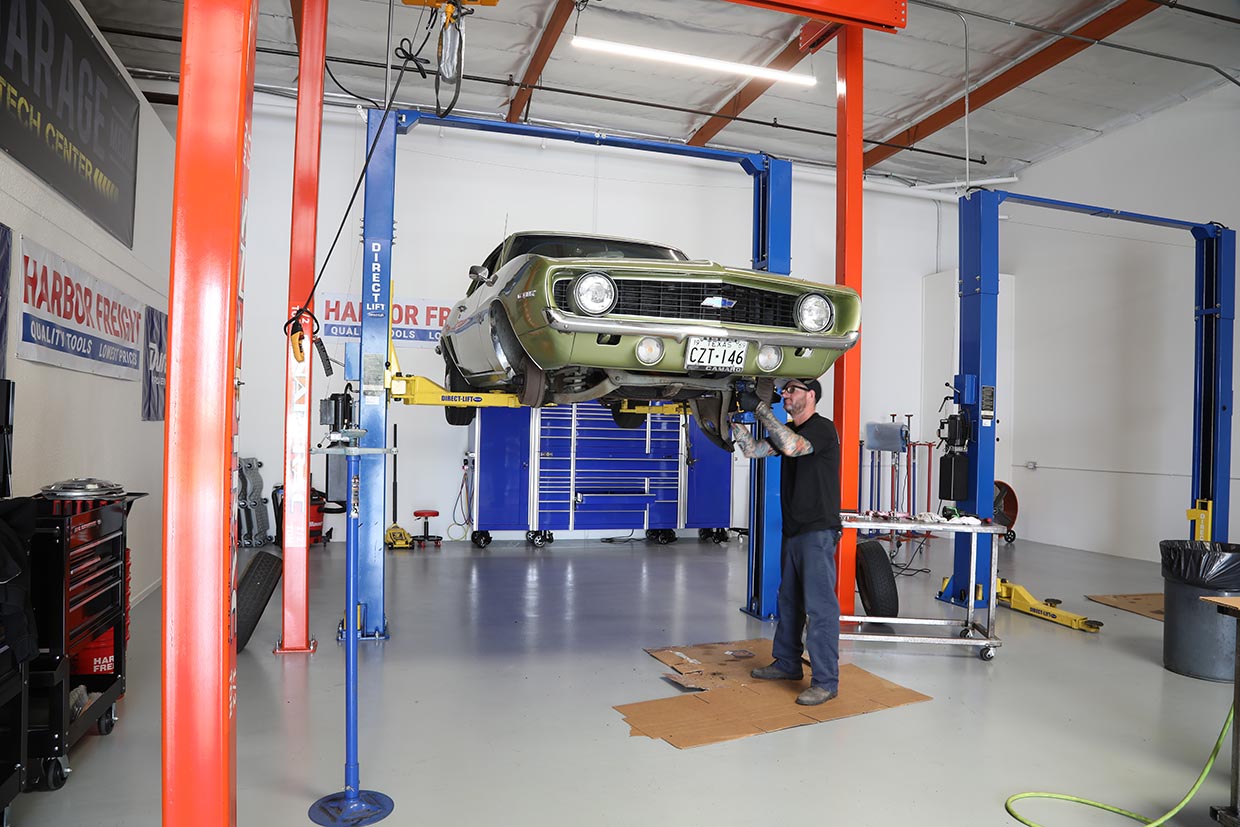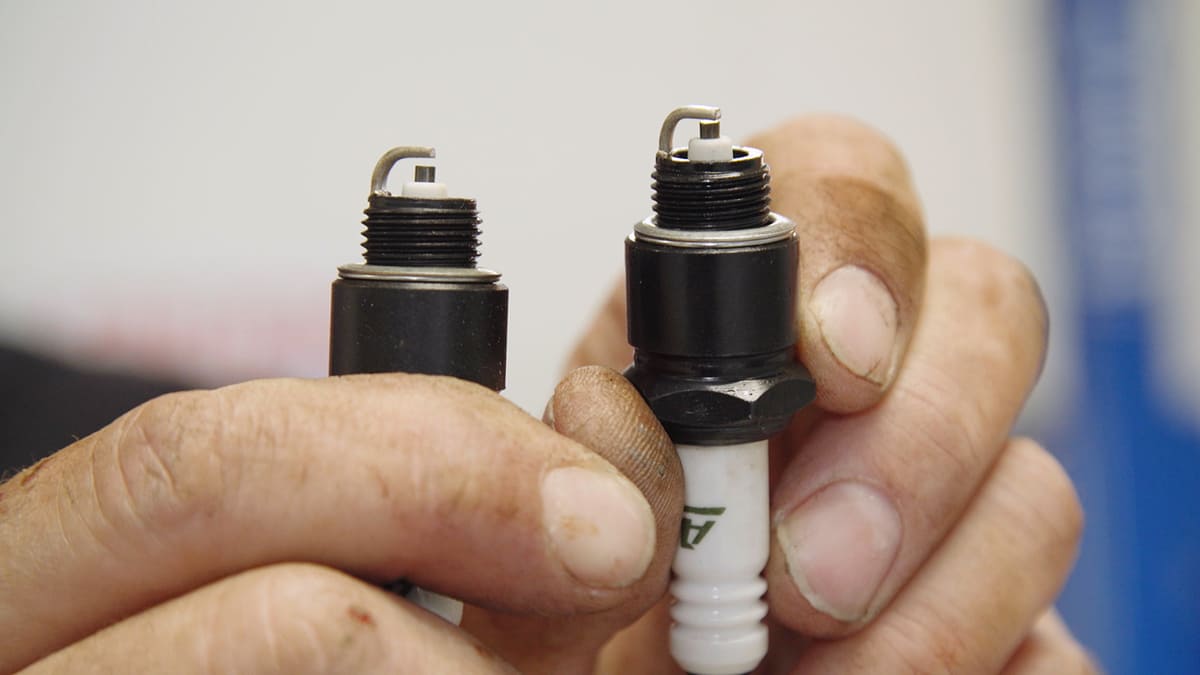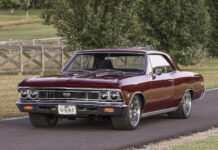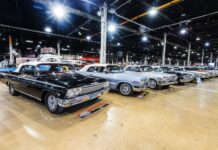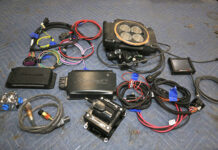Bringing a Gen I Camaro Back to Life
By the ACP Staff – Photography by the ACP Staff
Videography by Ryan Foss Productions
During the ’60s Chevrolet had endured a barrage of negative publicity surrounding the Corvair (primarily due to Ralph Nader and his book Unsafe At Any Speed), but their reputation would soon be salvaged as they had decided to enter the ponycar wars. The all-new Camaro was introduced in September of 1966 to compete with Ford’s Mustang that had been introduced in April of 1964, and the 1964 Plymouth Barracuda, which debuted roughly two weeks earlier, that was Ford’s new offering.
The first-generation of Camaros were produced for the 1967-1969 model years and were based on GM’s F-body, rear-wheel-drive platform. For the 1967-1968 model year, the sheetmetal was unchanged, for the most part, but there were a few minor exceptions. The most obvious differences for 1968 were the new front and rear marker lights and the elimination of vent windows in the doors. Then, in 1969, a new body was introduced that looked longer and lower but still retained the appeal that had made the Camaro such a success.
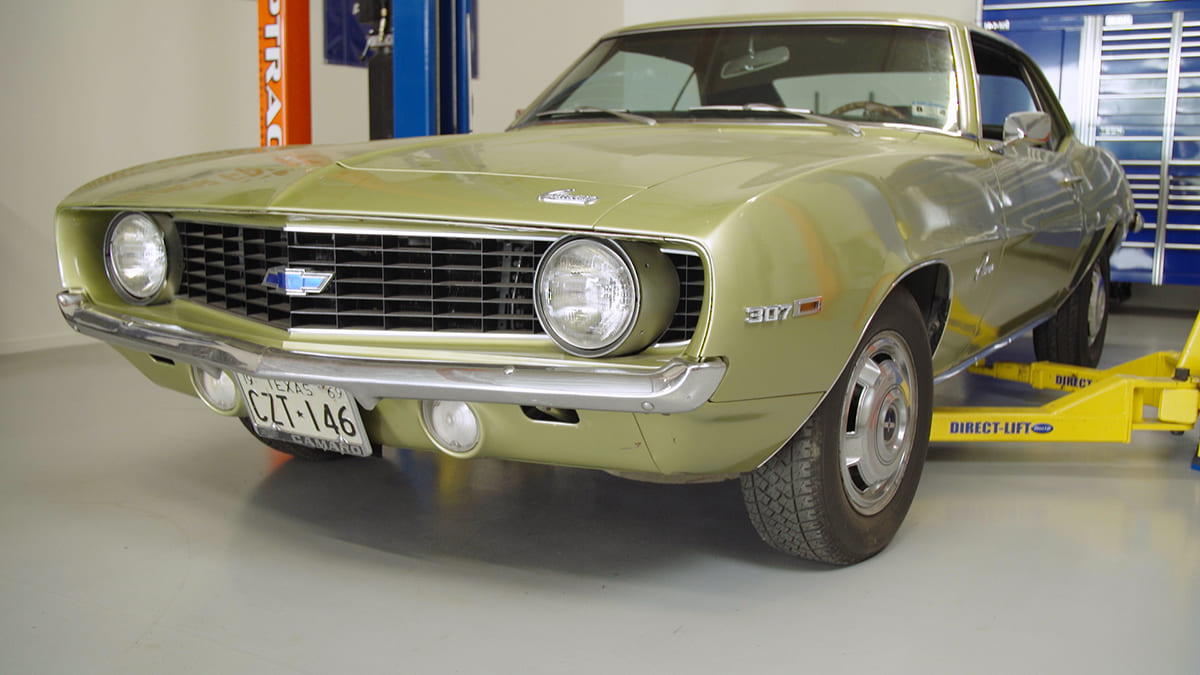
While all Camaros are popular, the first-gen series remained one of the most sought-after cars in the ranks of Chevrolet fans, and every once in a while a solid original example is discovered like the one we have here. This 1969 coupe came from Texas where it had been sitting in a private collection for what was estimated to be 10-15 years. The owner didn’t know much about the car, but the body was surprisingly nice, the engine had a fresh coat of paint, but its condition was unknown (the owner couldn’t verify if it had been rebuilt) and there were a few new parts, like the A/C compressor and hoses.
With the Chevy delivered to the In The Garage Media tech center, the first order of business was to evaluate this diamond in the rough and make any necessary repairs to get it back on the road. To that end we called on our go-to team: Jason Scudellari and our local Duralast parts retailer. Scudellari is our ace fabricator and wrench turner, and Duralast parts meet or exceed OEM specifications, so we knew our Camaro would be on the road in no time.
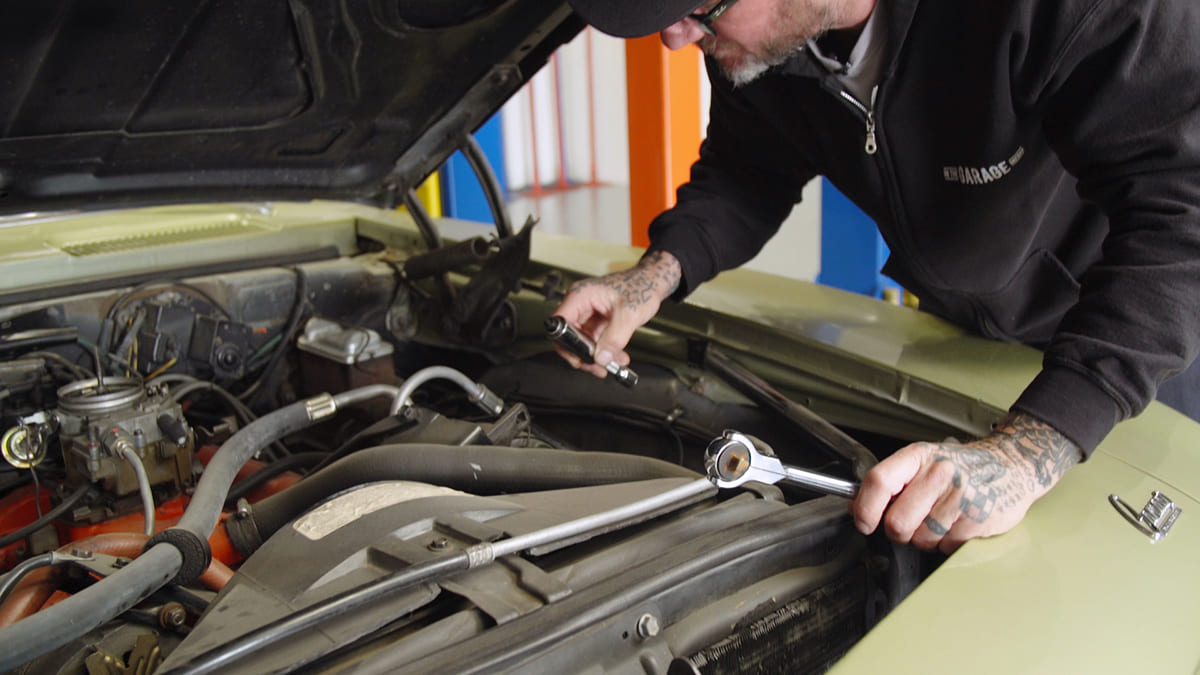
A visual inspection of the engine didn’t reveal any obvious problems. In some cases we’d do a compression or leak-down test to determine an engine’s condition, but everything was intact, there were no missing parts or bolts, and no massive oil leaks, so Scudellari elected to do some basic maintenance and hope for the best.

The first step was a basic tune-up. A new set of spark plugs (PN R43S) were gapped and installed along with a new distributor cap (PN DR976) and rotor (PN DR969). Sometime in the Camaro’s past the original point-controlled distributor was swapped for a GM HEI that wasn’t introduced until late 1974 (if you plan a similar swap, the resistance wire for the original distributor must be replaced with a new wire to ensure the electronic innards get a full 12 V). Basic tune-ups are simple, but if you haven’t done this before, when changing the distributor cap and wires, mark the location of the number one wire on the distributor for reference. With the new cap in place, install the number one wire, then going clockwise from there, install the remaining wires in the firing order, 1-8-4-3-6-5-7-2 (cylinders on the driver side; front to back the cylinders are numbered 1-3-5-7, on the passenger side front to back are 2-4-6-8).

With fresh Duralast ignition components in place, Scudellari changed the oil and filter but there was one last item to address: the battery and cables had long outlived their usefulness. Not only was the battery beyond charging, the bolt in the positive battery cable was so corroded it couldn’t be removed, so Scudellari got creative and cut the cable to get the battery out. (With an old corroded battery removed it’s a good time to neutralize the acid on the battery tray and the surrounding area with a combination of baking soda and water.) Keep in mind when replacing battery cables, red cables are positive, black cables are negative, and there’s more to them than color. Positive terminals on top-post batteries are larger diameter than the negative and the cables reflect that difference.

After a tune-up, a fresh battery, and a tank full of fresh fuel, our Camaro fired right up. The carburetor was temperamental at first, but that was easily solved with a light love tap. After a few minutes and a backfire or two, the 307 ran like a watch and passed its first drive test with flying colors. A little time, some Duralast parts, and our long-neglected Camaro was back on the road where it belongs.
If you’ve got a project car gathering dust, follow our lead, get it running, and go have some fun.
Source:
Duralast
(800) 284-7491
DuralastParts.com
Never trust spark plug gaps out of the box, as these two examples show. Check the ignition specifications and gap them appropriately.
